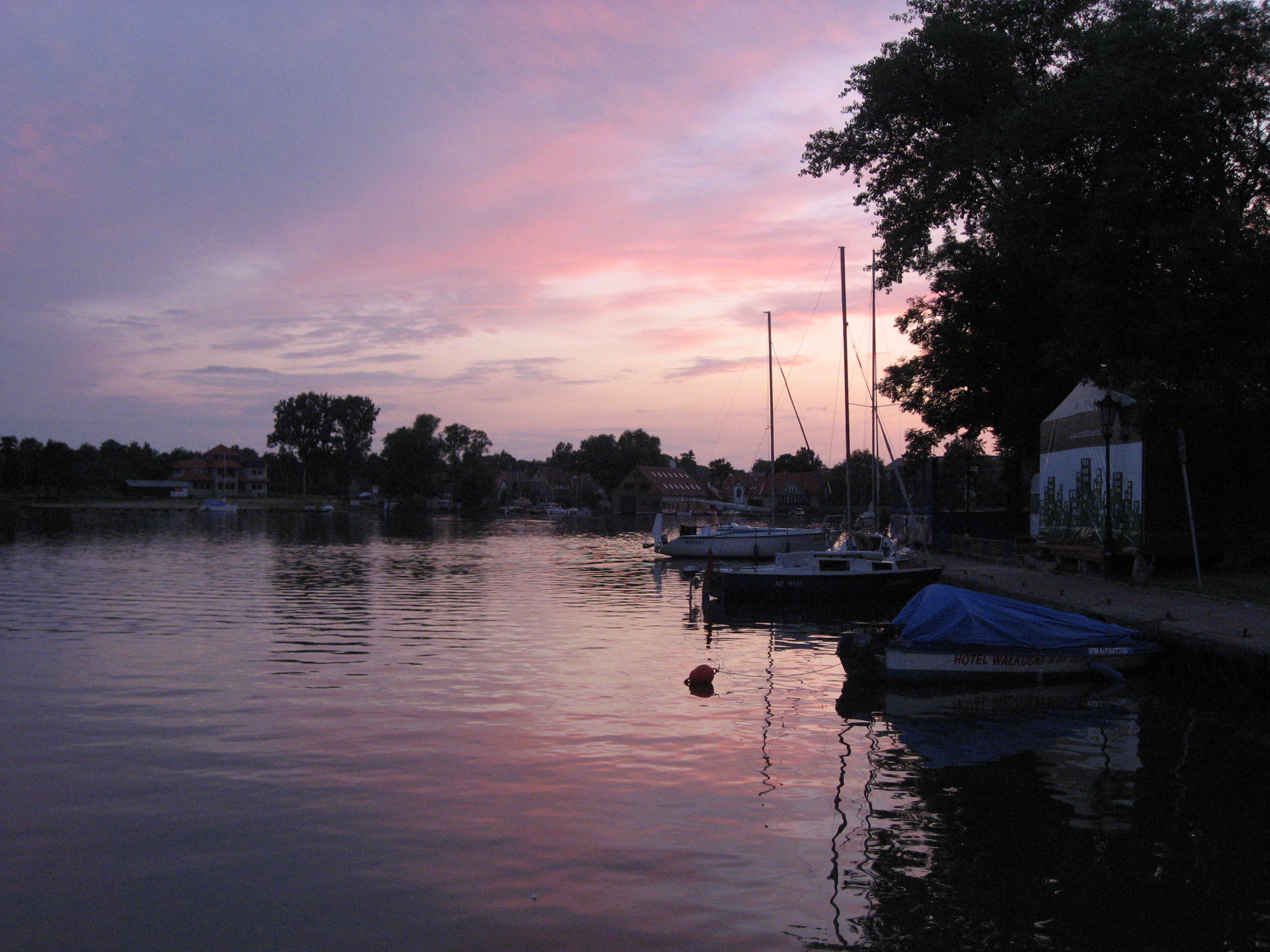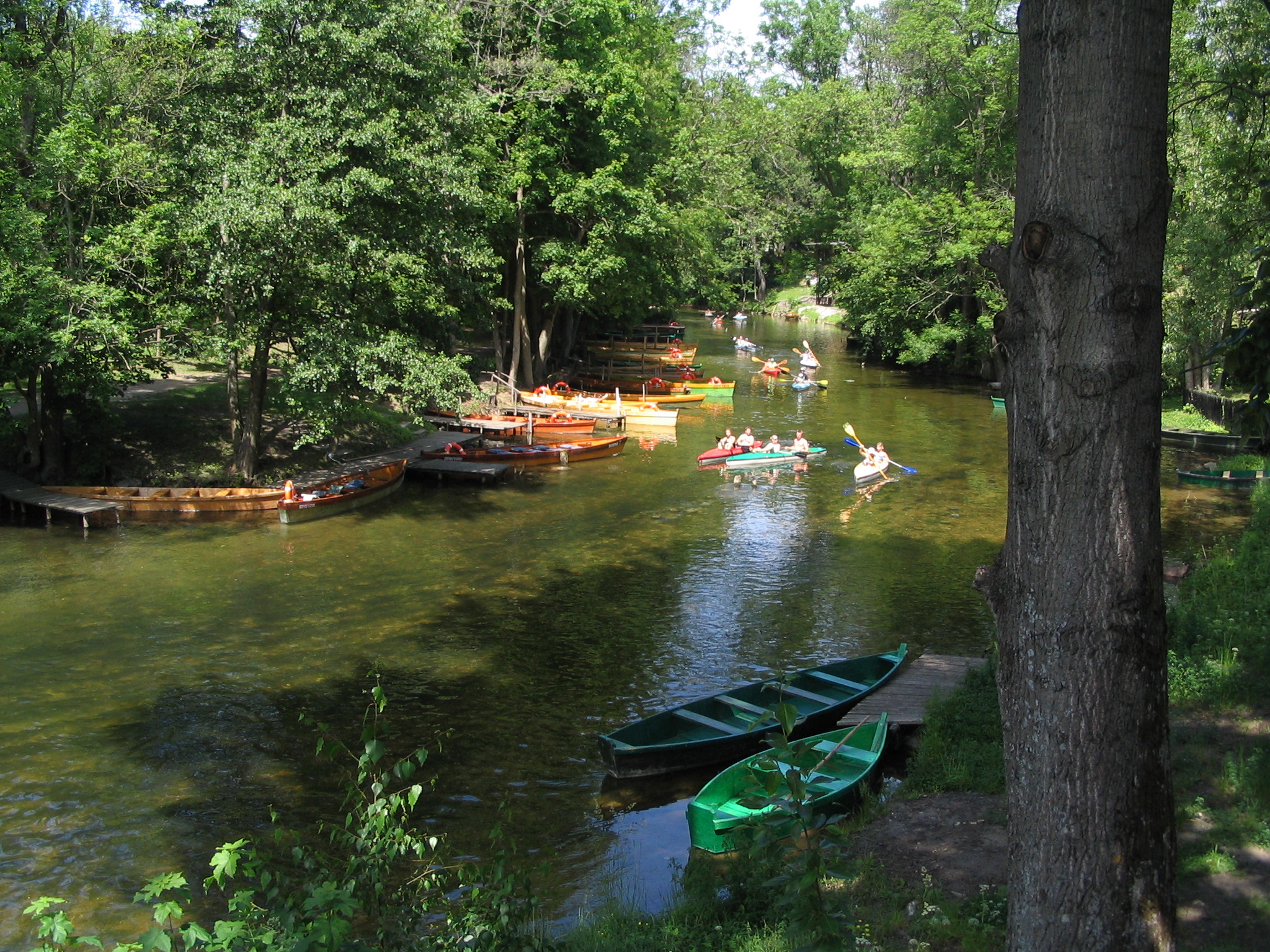Masurian Lakeland on:
[Wikipedia]
[Google]
[Amazon]
The Masurian Lake District or Masurian Lakeland ( pl, Pojezierze Mazurskie; german: Masurische Seenplatte) is a lake district in northeastern Poland within the geographical region of Masuria, in the past inhabited by Masurians who spoke the Masurian dialect. It contains more than 2,000 lakes. The district had been elected as one of the 28 finalists of the New 7 Wonders of Nature.
The Lakeland extends roughly 290 km (180 mi) eastwards from the lower Vistula to the Poland– Russia border, and occupies an area of roughly . Administratively, the Lake District lies within the Warmian-Masurian Voivodeship. Small parts of the district lie within the Masovian and
 The Masurian Lakeland can be reached by train, bus or car. The nearest international airports are in Szymany, Warsaw,
The Masurian Lakeland can be reached by train, bus or car. The nearest international airports are in Szymany, Warsaw,
 There are four separate boating trails set up along connecting lakes: from Giżycko to Węgorzewo and Ruciane-Nida, and from Mikołajki to Pisz and Ryn. There are also two kayaking trails along rivers, the most popular being the Krutynia River Trail. On top of that, there are several color-marked walking trails with numerous points of interest for qualified tourism. They include:
#
There are four separate boating trails set up along connecting lakes: from Giżycko to Węgorzewo and Ruciane-Nida, and from Mikołajki to Pisz and Ryn. There are also two kayaking trails along rivers, the most popular being the Krutynia River Trail. On top of that, there are several color-marked walking trails with numerous points of interest for qualified tourism. They include:
#  The blue trail of K. I. Gałczyński,
#
The blue trail of K. I. Gałczyński,
#  The yellow trail of K. Małłek,
#
The yellow trail of K. Małłek,
#  The green round trail (okrężny)
# Grand Trail of Mazury Garbate (Hunchbacked Mazury trail, to the north of the region)
#
The green round trail (okrężny)
# Grand Trail of Mazury Garbate (Hunchbacked Mazury trail, to the north of the region)
#  The blue trail of M. Kajek
Historical sights include the ruins of Hitler's fortified World War II headquarters, the Wolf's Lair, near Kętrzyn (former German name: Rastenburg), which has become a major tourist destination.
The blue trail of M. Kajek
Historical sights include the ruins of Hitler's fortified World War II headquarters, the Wolf's Lair, near Kętrzyn (former German name: Rastenburg), which has become a major tourist destination.
Official website
of the World Tourism Organization
Tourist information
at mazury.info.pl {{Authority control Lakes of Warmian-Masurian Voivodeship Lakes of Poland Tourist attractions in Warmian-Masurian Voivodeship
Podlaskie Voivodeship
Podlaskie Voivodeship or Podlasie Province ( pl, Województwo podlaskie, ) is a voivodeship (province) in northeastern Poland. The name of the province and its territory correspond to the historic region of Podlachia. The capital and largest cit ...
s.
The lakes are well connected by rivers and canals, forming an extensive system of waterways. The 18th-century Masurian Canal
The Masurian Canal ( pl, Kanał Mazurski, russian: Канал Мазурский, german: Masurischer Kanal) is an unfinished 50.4 km long canal connecting the Łyna River in Kaliningrad Oblast of Russia (a tributary of the Pregolya) and Lake Ma ...
links this system to the Baltic Sea. The whole area is a prime tourist destination, frequented by boating enthusiasts, canoeists, anglers, hikers, bikers and nature-lovers. It is one of the most famous lake districts in Central Europe and a popular vacation spot, with the highest number of visitors every year.
Geology
The lake district was shaped by glaciers during the Pleistocene ice age. Many of its hills are parts ofmoraine
A moraine is any accumulation of unconsolidated debris (regolith and rock), sometimes referred to as glacial till, that occurs in both currently and formerly glaciated regions, and that has been previously carried along by a glacier or ice shee ...
s and many of its lakes are moraine-dammed lakes.
History
From the 13th century on, the Lakeland was successively part of the monastic state of the Teutonic Knights, the Duchy of Prussia, and the Prussian province ofEast Prussia
East Prussia ; german: Ostpreißen, label=Low Prussian; pl, Prusy Wschodnie; lt, Rytų Prūsija was a province of the Kingdom of Prussia from 1773 to 1829 and again from 1878 (with the Kingdom itself being part of the German Empire from 187 ...
. In modern times, while part of the German Empire
The German Empire (),Herbert Tuttle wrote in September 1881 that the term "Reich" does not literally connote an empire as has been commonly assumed by English-speaking people. The term literally denotes an empire – particularly a hereditary ...
, it was the location of the First Battle of the Masurian Lakes (1914) and the Second Battle of the Masurian Lakes (1915) during World War I. At the end of World War II (1945), following the decision taken at the Potsdam Agreement
The Potsdam Agreement (german: Potsdamer Abkommen) was the agreement between three of the Allies of World War II: the United Kingdom, the United States, and the Soviet Union on 1 August 1945. A product of the Potsdam Conference, it concerned th ...
, all national borders were redrawn, the area annexed by Communist Poland and its German residents expelled.
Historical population
Mother tongue of the inhabitants of Masuria, by county, during the first half of the 19th century:Tourism
 The Masurian Lakeland can be reached by train, bus or car. The nearest international airports are in Szymany, Warsaw,
The Masurian Lakeland can be reached by train, bus or car. The nearest international airports are in Szymany, Warsaw, Gdańsk
Gdańsk ( , also ; ; csb, Gduńsk;Stefan Ramułt, ''Słownik języka pomorskiego, czyli kaszubskiego'', Kraków 1893, Gdańsk 2003, ISBN 83-87408-64-6. , Johann Georg Theodor Grässe, ''Orbis latinus oder Verzeichniss der lateinischen Benen ...
and Vilnius. The main transport hubs in the region are the towns of Olsztyn and Ełk. There are trains to Masuria from Warsaw, Gdańsk and Vilnius, and buses from many Polish cities. A boat service connects some central towns in the region. Biking and boating are popular ways to get around.
Hotels can be found in close proximity to the Great Masurian Lakes, in the towns of Giżycko, Mikołajki and Ełk among others. There are also guesthouses and campsites in surrounding villages. The Masuren Waterway starts in Węgorzewo in the north and finishes in Pisz. This Waterway is new for pleasure boats. Only boats with a low waterdraft can go as far as Pisz on the Pisa.
Sights and activities
Masuria is famous for its lakes and forests, offering a wide range of outdoor activities from sailing tokayaking
Kayaking is the use of a kayak for moving over water. It is distinguished from canoeing by the sitting position of the paddler and the number of blades on the paddle. A kayak is a low-to-the-water, canoe-like boat in which the paddler sits fac ...
and swimming. The region includes the largest lake in Poland, called Śniardwy. The resort towns include the most popular, Giżycko and Mikołajki, Węgorzewo, Ryn, Pisz and Iława. Giżycko is located on the shore of Lake Niegocin. It has an ancient fortress, historic church, bridges, and passenger boats to the towns of Węgorzewo, Mikołajki and Ruciane-Nida
Ruciane-Nida is a town in Pisz County, Warmian-Masurian Voivodeship, Poland. The town was formed in 1966 by the merger of three smaller settlements: Ruciane (german: Rudczanny, 1938 renaming of East Prussian placenames, renamed ''Niedersee'' in 1 ...
. The town of Mikołajki is a popular tourism center.
In addition to lakes, the Masurian region also has many rivers used for fly fishing, and forest areas that offer many trails for trekking and biking. There is also a variety of wildlife, edible berries and mushrooms, and large protected areas, including the Masurian Landscape Park
Masurian Landscape Park ( pl, Mazurski Park Krajobrazowy) is a designated Polish Landscape Park protected area within Warmian-Masurian Voivodeship, in northern Poland. It is one of the largest landscape parks in Poland.
It was established in 1977 ...
that includes eleven nature reserves such as the Łuknajno Lake
Łuknajno (german: Lucknainer See) is a lake in the Masurian Lake District of north-eastern Poland, in Warmian-Masurian Voivodeship. It lies approximately east of the town of Mikołajki, close to the north-western corner of Poland's largest lake ...
that is a UNESCO Biosphere Reserve, or the Białowieża Forest, with a breeding station for European Bison.
 There are four separate boating trails set up along connecting lakes: from Giżycko to Węgorzewo and Ruciane-Nida, and from Mikołajki to Pisz and Ryn. There are also two kayaking trails along rivers, the most popular being the Krutynia River Trail. On top of that, there are several color-marked walking trails with numerous points of interest for qualified tourism. They include:
#
There are four separate boating trails set up along connecting lakes: from Giżycko to Węgorzewo and Ruciane-Nida, and from Mikołajki to Pisz and Ryn. There are also two kayaking trails along rivers, the most popular being the Krutynia River Trail. On top of that, there are several color-marked walking trails with numerous points of interest for qualified tourism. They include:
# Climate
Masuria has a temperate climate with cold winters and warm summers. The weather here is generally a bit cooler than in most parts of Poland, and the area usually experiences several snowfalls during the winter. The Masurian lakes are oftentimes frozen from December until the end of February. Springtime can be wet, while summers are generally drier.See also
*Geography of Poland
Poland ( pl, Polska) is a country that extends across the North European Plain from the Sudetes and Carpathian Mountains in the south to the sandy beaches of the Baltic Sea in the north. Poland is the fifth-most populous country of the European ...
* Masuria region
* Masurian dialect
* Tourism in Poland
Poland is a part of the global tourism market with constantly increasing number of visitors. Tourism in Poland contributes to the country's overall economy. The most popular cities are Kraków, Warsaw, Wrocław, Gdańsk, Poznań, Szczecin, ...
* Warmia region
References
External links
Official website
of the World Tourism Organization
Tourist information
at mazury.info.pl {{Authority control Lakes of Warmian-Masurian Voivodeship Lakes of Poland Tourist attractions in Warmian-Masurian Voivodeship